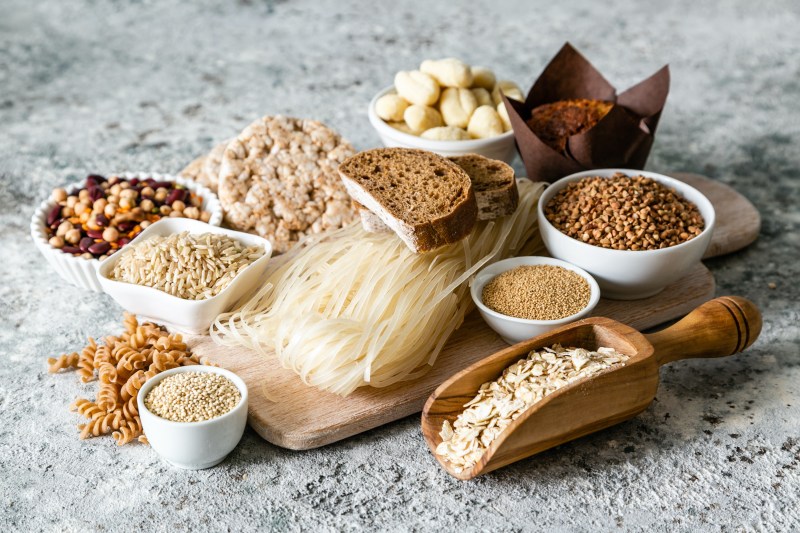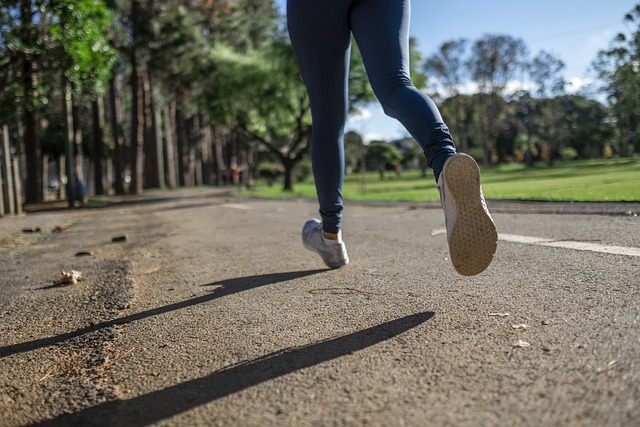
Carbohydrates are a primary energy source for our bodies and are especially important for fueling our workouts. Throughout your workout, your body utilizes carbohydrates from glycogen stores, often stored in the liver or muscles. With the idea that carbs help to fuel great workouts, many athletes have turned to a fitness and nutrition practice known as carb loading, which can help some athletes improve their athletic performance.
So, what exactly is carb loading, and how is it done? Which types of healthy carbs should you consume during carb loading? Below, we’ll break down all the answers in this carb loading guide to help you determine if carb loading is a tool to incorporate into your fitness routine. Further, we’ll note common mistakes made when carb loading to help you succeed.

What is carb loading?
The concept behind carb loading starts with the idea that the body stores glycogen to be used for energy. To carb load, an athlete will consume a large portion of carbohydrates a few days before a major event or competition to load their body up with high glycogen stores. In addition to consuming more carbs than normal, carb loading also involves athletes reducing their activity levels in the days before an event. Reducing physical activity before a competition helps athletes hold onto as much glycogen as possible, hoping to improve their athletic performance.
A carb-loading strategy can be an effective approach to improve athletic capabilities, but only for athletes competing in certain types of sports or exercises. Research suggests that short-duration exercises (under 90 minutes) do not require excess carbohydrates for optimal performance. This also includes short bursts of activity (such as sprints) or weight-training exercises. On the other hand, carb loading helps to reduce fatigue and improve an athlete’s energy levels by 2 to 3% for exercises that last longer than 90 minutes.

Who should and shouldn’t try carb loading?
Athletes who perform long-duration exercises over 90 minutes may benefit from carb loading. Carb loading is often used by athletes who participate in prolonged sports such as endurance cycling, swimming, and long-distance running. However, carb loading may not be the best strategy if you’re training for recreational purposes. One of the most common mistakes that can hold back your training is trying carb loading when you don’t need to. Many people falsely believe that every active athlete needs to try carb loading when this is not the case.
For most general and gym exercise sessions under 90 minutes, carb loading will not provide any benefit. Furthermore, consuming too many carbs can impair your exercise performance and lead to excess weight gain.

How to carb load for athletes
There are various carb-loading strategies that athletes use. Some athletes also seek guidance from nutritional experts or coaches to monitor their carb intake. The most common approach to carb loading involves consuming about 10 grams of carbs for every kilogram of body weight. Usually, this is done about two to four days before the sporting event or competition. Some athletes prefer a less aggressive, same-day carb loading technique which involves consuming about 1 to 4 grams of carbohydrates for every kilogram of body weight. Which method you choose depends on how you feel and perform best while exercising.
Many athletes also continue to consume carbohydrates during exercise as well, often in the form of electrolyte drinks with added glucose.

Consuming the right type of healthy carbohydrates
The types of carbs consumed also play a role in the effectiveness of a carb-loading strategy. Eating carbohydrates low on the glycemic index, such as pasta or grainy bread, may be more effective at providing energy during exercise. This is because low GI index carbs are slowly released into the bloodstream. Examples of healthy carbs to consume include whole grains from brown rice or healthy steel-cut oats.
If you’re new to carbohydrate loading, it’s best to stick to safe foods that do not cause your stomach upset. Trying new foods that you do not regularly consume or foods too high in fat can cause digestive symptoms and impact your performance. Carbs to avoid when carb loading before an athletic event include things like ice cream, pizza, donuts, or any other processed carb that is also high in fat content.

Should you try carb loading?
Carb loading is a science-backed approach that can help you achieve your fitness goals if competing in long-duration exercise over 90 minutes. If you’re training just to improve your physical



